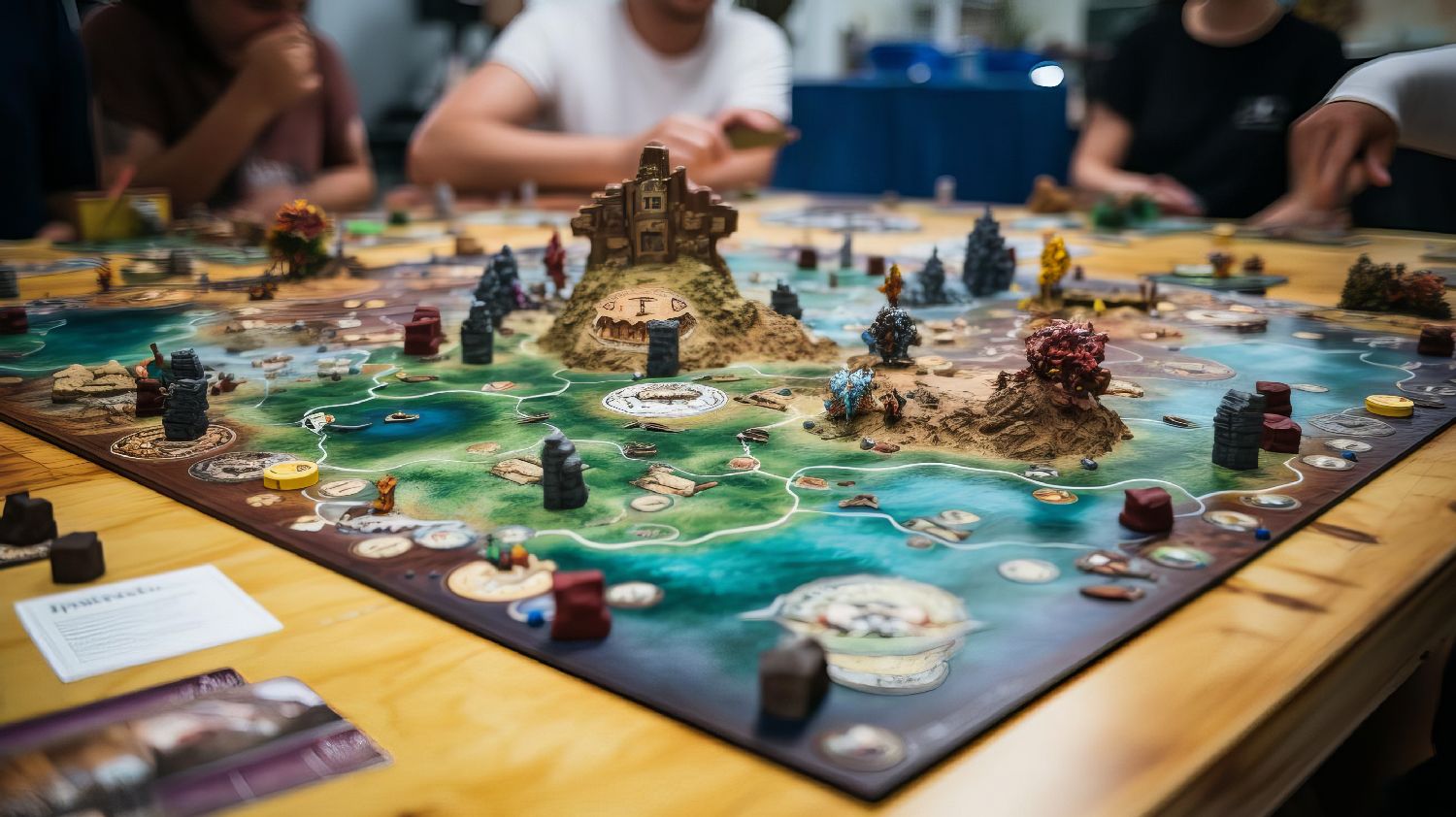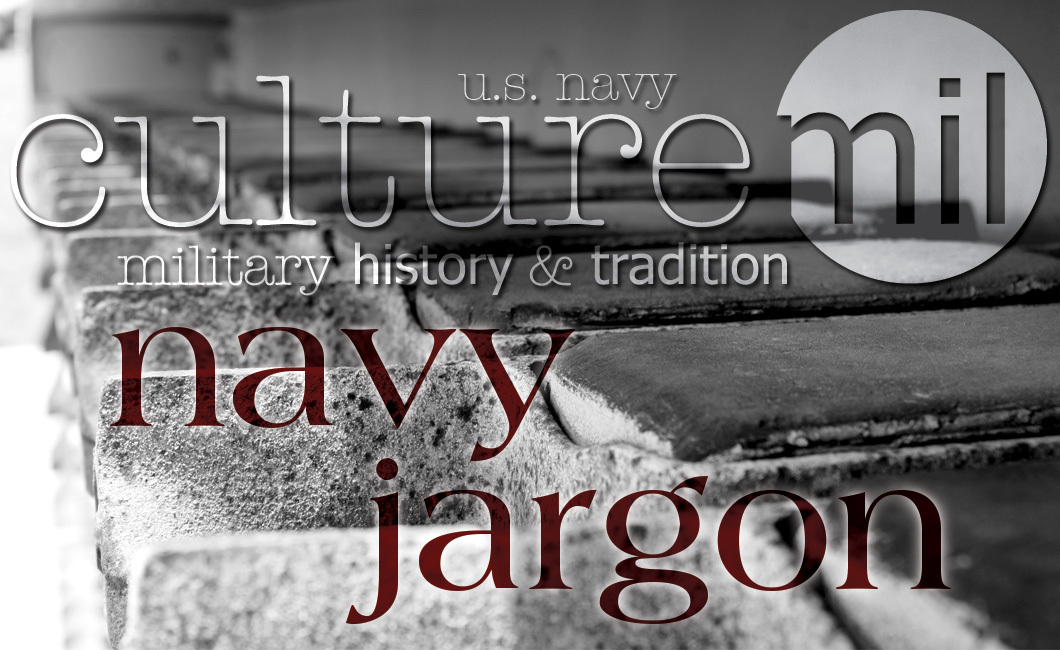Written by Jenifer Chrisman on June 24, 2019.
“The only thing better than a cup of Joe is two cups of Joe.”
– Author Unknown
Much like their nautical terms, the Navy has a jargon unique to itself and rich with its more than 200 year history. Unsurprisingly, many have entered into general lexicon, but some of their origins may be both unexpected and unforeseen.
Above Board: Derived from the time pirate’s sailed the high seas, this term was used when they masqueraded as honest merchantmen, the crew hidden below the boards behind the bulwark.
Between the Devil and the Deep: Running from bow to stern, the “devil” was the longest seam on a wooden ship. When caulking was needed while at sea, sailors sat in bo’sun chairs, suspended “between the devil and the deep.”
Chewing the Fat: During the 19th century, salted beef was the standard staple of shipboard diet. Suitable for long voyages, this tough, cured beef required considerable chewing, with a chunk lasting hours. This practice of chewing to make it edible became known as “chewing the fat.”
Crow’s Nest: Carried aboard Viking ships in a cage at the top of the mast, ravens and crows were used as navigation during poor visibility as they would fly straight toward land when released. As ship size increased, a tub-like structure (crow’s nest) was located high on the main mast where a lookout stood.
Cup of Joe: Appointed to the position of Secretary of the Navy by President Woodrow Wilson, Josephus Daniels abolished the officers’ wine mess from naval vessels. From that point onward, coffee was the strongest drink served shipboard and a cup of coffee became a “cup of Joe.”
Devil to Pay: When a sailor was detailed to caulk the longest seam, known as the “devil,” with tar, known as “pay” or pitch, he did so by squatting in the bilge, a much despised task.
Fathom: Originally a land measurement derived from Anglo-Saxon, a fathom is the average distance of a man’s stretched out arms from fingertip to fingertip, now set as six feet.
Feeling Blue: A custom among deep-water sailors, if an officer or the captain was lost during a voyage the ship would fly blue flags and a painted band of blue along the entire hull upon return to home port.
Forecastle: Named after the Viking castles built on the forward and aft portions of the main deck to be used by archers and other fighters, the forecastle, pronounced fo’ksul, is located on the forward part of more modern vessels.
Head: To either side of the bowsprit at the forward end of the ship where the figurehead was fastened, the “head” (the bathroom aboard a ship) gets its name from being the place sailors went to relieve themselves.
He Knows the Ropes: Despite its use now, the original meaning behind this saying was written on a sailor’s discharge papers indicating his knowledge was limited to the names and uses of the principal lines (ropes), marking him as a novice.
Holystone: Sandstone, used to scrub wooden decks, was nicknamed by an anonymous sailor because their use always brought the person to his knees to do the work.
Hunky-Dory: This phrase was coined after a street in Yokohama, Japan, named Honki-Dori, which catered to the sailor’s pleasures.
Listless: This is a reference to a ship on becalmed waters, riding with an even keel. No wind, no list, listless.
Log Book: Cut from logs, ships records were once recorded on shingles, which were hinged to open like a book.
Long Shot: Considered a lucky shot at any great distance, shipboard cannon fire was rarely accurate except at close quarters.
No Quarter Given: Stemming from an old custom, one quarter of a year’s pay could be offered as ransom for an officer’s person when he surrendered. To give no quarter meant ransom was would not be accepted.
Pea Coat: Used since 1723, the term “pea coat” comes from a cloth known as pilot cloth, or p-cloth. This heavy, twilled blue wool with a nap only on one side was a heavy topcoat worn by sailors in inclement weather.
Port Holes: Tracing its origins to King Henry VI, French ship builder James Baker was commissioned to find a way to mount cannons too large, per the King, to be secured by traditional methods. These small doors, mounted on the sides of the ship, could be opened at need but also protected the cannons from weather.
Scuttlebutt: Derived from “scuttle,” to make a hole in the hull causing the ship to sink, and “butt,” a cask, or hogshead, used to hold drinking water, similar to a water fountain, on ships, the scuttlebutt was both the fountain itself and, as the crew tended to congregate around it, the rumors they would share.
Starboard and Port: “Star,” or steering oar, and “board,” the side of a ship, became the “starboard” during the Viking times as they placed their star on the right side of the ship. The “larboard,” which was too similar to starboard, eventually became the “port” side (left) of the ship, which was the side of the ship they tied to the dock.
Taken Aback: Referring to a dangerous and sudden change of wind course, a sailing ship could be in grave danger or left completely helpless if the sails were blown back against the mast, possibly breaking it.
Three Mile Limit: Changed by international law and the establishment of the 1988 Territorial Sea Proclamation to 12 miles, three miles was originally designated the point where the waters of a nation turned to international waters.
Three Sheets to the Wind: With its sheets (sail) flapping loosely in the breeze, a ship in disarray is “three sheets to the wind.”
Took the Wind Out of His Sails: In this battle maneuver, one ship would pass its opponent on the windward side, which would block the wind and cause the other vessel to lose headway (a loss of motion and maneuverability), making them easier prey.
Wallop: Sent by King Henry VIII after the French in retaliation for burning the English town of Brighton, Sir John Wallop dealt a devastating blow to the French by wrecking their coasts.
Sources:



